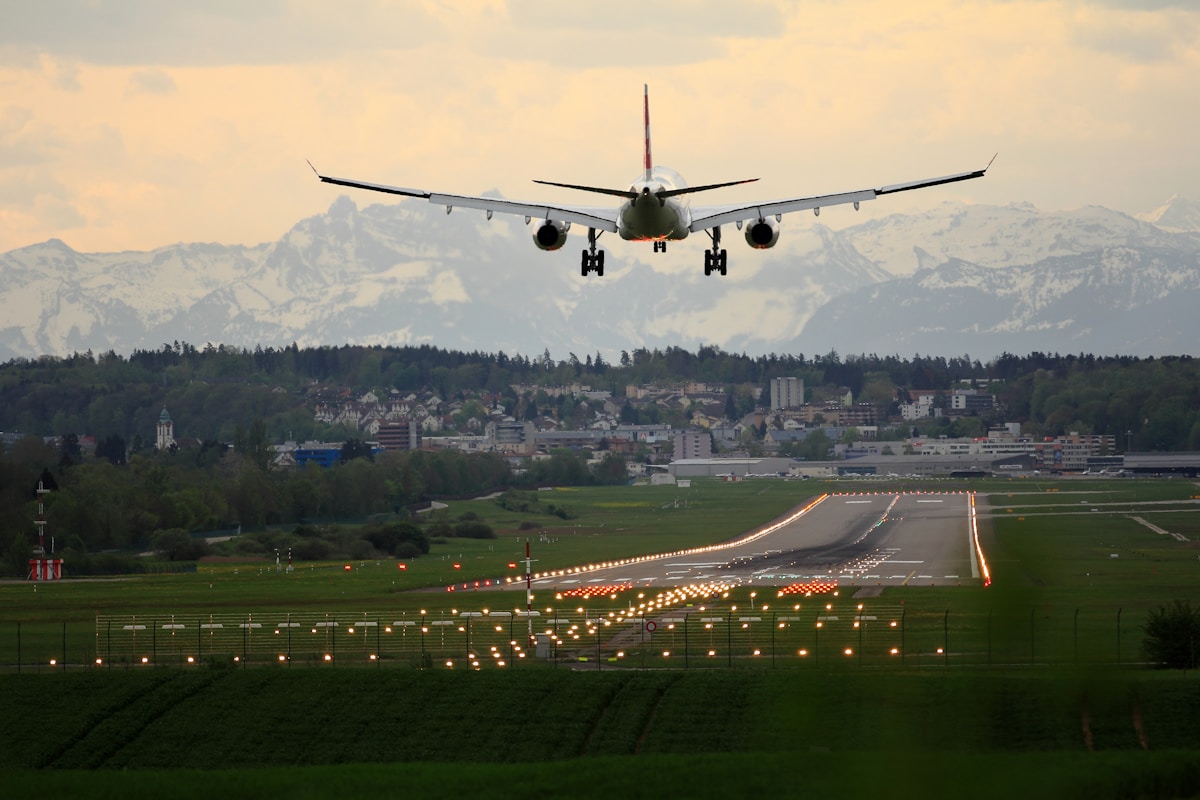Weight and Balance Calculator
Understanding Weight and Balance Calculators
Knowing the weight and balance of your aircraft is crucial for safe flying. Weight and balance calculators simplify this essential task. These tools help pilots ensure their aircraft are within safe operating limits. Let’s explore how these calculators work and why they’re important.
The Basics of Aircraft Weight and Balance

Weight and balance are fundamental concepts in aviation. The weight refers to the mass of the aircraft and everything on board. This includes passengers, cargo, and fuel. Balance, or the center of gravity (CG), is where the aircraft balances if suspended. Proper balance ensures the aircraft flies correctly and responds accurately to controls.
Importance of Weight and Balance Calculations
Accurate weight and balance calculations are critical for several reasons:
- Safety: Incorrect weights can lead to structural failure or difficulty in controlling the aircraft.
- Performance: Proper balance ensures the aircraft performs optimally.
- Legal Requirements: Aviation authorities mandate adherence to weight and balance limits.
Components of Weight and Balance Calculations
To calculate weight and balance, a few key components are necessary:
- Basic Empty Weight: The weight of the aircraft with all its fixed equipment but without fuel, passengers, or cargo.
- Useful Load: The difference between the maximum gross weight and the basic empty weight. This includes fuel, passengers, and cargo.
- Center of Gravity (CG): The point where the aircraft’s weight is evenly distributed. It affects how well the aircraft will fly.
- Moment: The product of the weight and the arm (distance from a reference point). It’s essential for calculating balance.
Using a Weight and Balance Calculator
Weight and balance calculators come in various forms, from paper charts to sophisticated software applications. Regardless of the type, the process typically involves these steps:
- Input the aircraft’s basic empty weight.
- Add weights for passengers, cargo, and fuel.
- Include their respective arms (distance from the reference point).
- Calculate the moment for each weight (weight x arm).
- Sum the moments and weights to find the total weight and the CG location.
Popular Weight and Balance Calculators
There are numerous tools available to aid in these calculations:
- ForeFlight: A comprehensive application used widely in aviation. It features a user-friendly weight and balance calculator.
- Garmin Pilot: Another popular choice, Garmin Pilot provides detailed weight and balance functions integrated with flight planning tools.
- FlyBy E6B: An application offering various aviation tools, including a precise weight and balance calculator.
- Sporty’s E6B: Known for its ease of use, this app also includes an efficient weight and balance calculator.
- NASA’s General Aviation Weight and Balance App: Available for free, this app caters to the needs of general aviation pilots.
Manual Calculations vs. Digital Tools
Manual calculations involve traditional methods like plotting graphs and using charts. This method is time-consuming but provides a thorough understanding of the concepts. Digital tools, on the other hand, offer speed and convenience. They reduce human error and save time, making them preferable for daily use.
Steps in a Manual Calculation
Here’s how a typical manual weight and balance calculation is done:
- Determine the aircraft’s basic empty weight and CG from the aircraft’s weight and balance documents.
- List all the additional weights (fuel, passengers, cargo) and their respective arms.
- Calculate the moments for each weight (weight x arm).
- Add all the weights to get the total weight.
- Add all the moments to get the total moment.
- Divide the total moment by the total weight to find the CG.
- Compare the computed CG with the aircraft’s acceptable CG range (usually found in the aircraft’s flight manual) to ensure it is within limits.
Benefits of Using Weight and Balance Calculators
Weight and balance calculators offer several advantages:
- Accuracy: Digital calculators reduce the risk of human errors.
- Efficiency: They save time by automating complex calculations.
- User-friendly: Most applications are designed to be intuitive and easy to use.
- Compliance: They help ensure adherence to regulatory requirements.
Common Pitfalls in Weight and Balance Calculations
Despite their usefulness, there are potential pitfalls to be aware of:
- Incorrect Data Entry: Ensure all weights and arms are correct before calculating.
- Overlooking Changes: Include any modifications or additions to the aircraft.
- Ignoring Weather Effects: Account for fuel burn and other factors that change during flight.
A Practical Example
Let’s look at a practical example of using a weight and balance calculator:
- Enter the basic empty weight of 1,500 lbs and an arm of 34 inches.
- Add passenger weight: 200 lbs at 37 inches.
- Add baggage weight: 50 lbs at 50 inches.
- Add fuel weight: 150 lbs at 48 inches.
- Calculate moments: (1,500 x 34) + (200 x 37) + (50 x 50) + (150 x 48) = Moments.
- Sum of weights: 1,500 + 200 + 50 + 150 = 1,900 lbs.
- Total moment: The sum of all the individual moments.
- CG: Divide the total moment by the total weight to find the CG.
Maintaining Weight and Balance Records
Maintaining accurate records is essential. Log all weight and balance calculations for each flight. Record any changes in the aircraft’s configuration. Regularly review and update the records to ensure ongoing accuracy.
Training and Proficiency
Regular training is crucial for proficiency in weight and balance calculations. Participate in training sessions or workshops. Practice using both manual methods and digital tools. Understand the principles behind the calculations, regardless of the tool used.
Regulations and Compliance
Aviation authorities have strict regulations regarding weight and balance. Familiarize yourself with these regulations. Adhere to specified limits for different phases of flight. Non-compliance can result in penalties and affect safety.
Future of Weight and Balance Calculators
Technological advancements continue to enhance weight and balance calculators. Expect more integration with aircraft systems. Anticipate real-time updates and automatic adjustments during flight. These innovations will further improve safety and efficiency.
Conclusion
Weight and balance calculations are fundamental to safe flying. Weight and balance calculators simplify the process, making them invaluable tools for pilots. Whether using traditional methods or embracing modern technology, understanding the principles behind these calculations is essential. Stay proficient, adhere to regulations, and ensure that your aircraft remains within safe limits for every flight.



